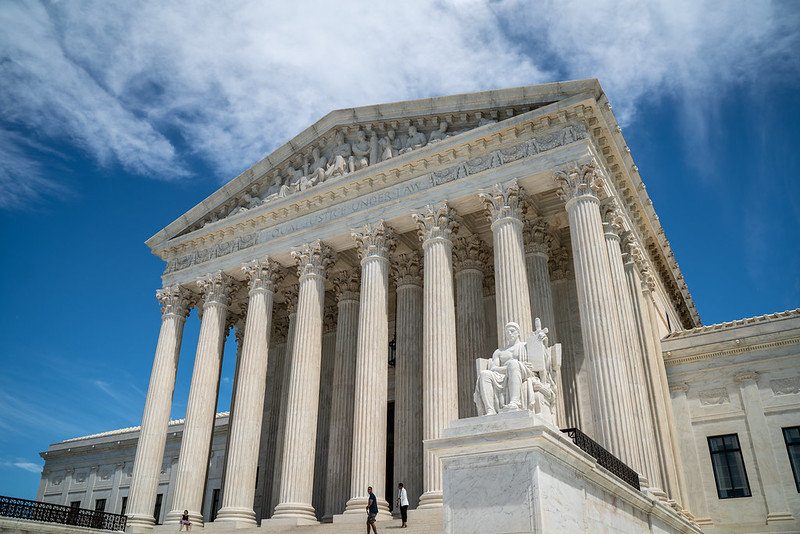
On Monday June 29, the U.S. Supreme Court ruled 5-4 that the Consumer Financial Protection Bureau’s current structure is unconstitutional, slightly curbing the autonomy the agency has enjoyed since its inception. It’s creation under Title X of the Dodd-Frank Act, the CFPB is led by a single director who – until the Supreme Court’s ruling – could not be removed from their five-year without cause for termination. The Court found this to be in violation of the Constitution’s separation of powers, and instead insisted the bureau head be removable at the discretion of the executive branch.
Congress created the CFPB in the wake of the 2008 financial crisis to police financial institutions for their alleged wrong-doing as it relates to consumer debt and financial products. By its organizational structure, the regulator was designed to be totally independent of the executive branch and oversight from Congress. The authors of Dodd-Frank, who followed the template of then-Harvard law professor, Elizabeth Warren, purposefully designed the Bureau to be shield from Congressional oversight. The Director of the Bureau serves a five-year-term and can only be fired for-cause, instead of at-will, which is why the leadership at most federal regulators turn over when a new administration enters the executive branch. Prior to the Court’s ruling, the Director of the CFPB could serve out their complete 5-year term regardless if a new administration entered office, and how President Obama’s appointee Richard Cordray was able to remain as Director for nearly a year into President Trump’s term and only left his position early to pursue an Ohio Governorship run in November 2017.
Chief Justice John Roberts led the court’s majority, stating plainly the single-administrator organization “clashes with constitutional structure by concentrating power in a unilateral actor insulated from Presidential control.” The Court’s decision requires the agency head to be removable at will, and not for-cause under Dodd-Frank’s requirement of “inefficiency, neglect of duty, or malfeasance in office” alone. That is the only change that comes out of this decision.
Like with other financial regulatory agencies, the term length and other factors that give the Bureau independence were not struck down in the Court’s ruling. The Court cited the lack of a board or commission structure like that of the Securities and Exchange Commission or the Federal Reserve and the Bureau’s independence of its budget from the Congressional appropriation process as the main reasons the CFPB is too insulated from the arms of elected officials. This is a meaningful victory to for the Constitution and its separation of powers provision.

